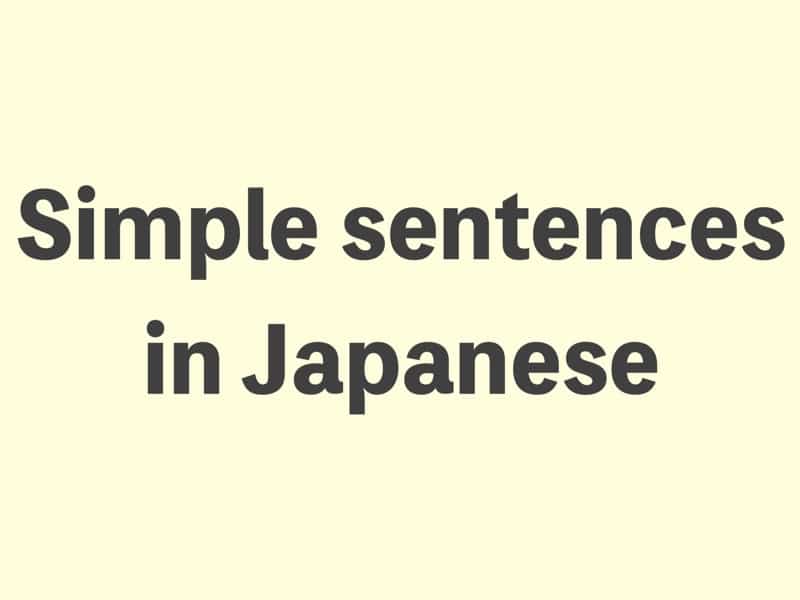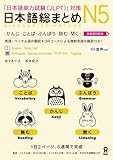Making simple sentences in Japanese is a fundamental skill for beginners. In this lesson, we will explore basic sentence structures, including subject-verb-object order, common particles, and essential vocabulary. By the end of this guide, you’ll be able to form straightforward sentences and communicate basic ideas in Japanese with confidence.
Essential Verbs in Japanese
| To eat | たべます (tabe masu) |
| To drink | のみます (nomi masu) |
| To read | よみます (yomi masu) |
| To watch, see | みます (mi masu) |
| To listen | ききます (kiki masu) |
| To write | かきます (kaki masu) |
| To take (picture) | とります (tori masu) |
| To make, cook | つくります (tsukuri masu) |
| To play, hang out | あそびます (asobi masu) |
| To do, play(sport) | します (shimasu) |
If you don’t know how to conjugate verbs, you can check this.
Make sentences in Japanese
Using these verbs to make simple sentences: Normally, you can use を (o) to connect a noun and a verb.
- 音楽を聞きます (おんがくをききます, ongaku o kikimasu) – I listen to music.
- 水を飲みます (みずをのみます, mizu o nomimasu) – I drink water.
- 本を読みます (ほんをよみます, hon o yomimasu) – I read a book.
- メールを書きます (メールをかきます, mēru o kakimasu) – I write an email.
- 写真を撮ります (しゃしんをとります, shashin o torimasu) – I take a photo.
- テレビを見ます (てれびをみます, terebi o mimasu) – I watch TV.
- 日本語を勉強します (にほんごをべんきょうします, nihongo o benkyō shimasu) – I study Japanese.
- サッカーをします (さっかーをします, sakkā o shimasu) – I play soccer.
Connecting Sentences in Japanese
Using それから (sorekara) for “and then” それから is useful when you want to indicate the sequence of actions.
今日7時におきました。それから、朝ごはんを食べました。
(きょうしちじにおきました。それから、あさごはんをたべました。)
kyō shichi-ji ni okimashita. sorekara, asa gohan o tabemashita.
English: I woke up at 7 today. Then, I ate breakfast.





コメント